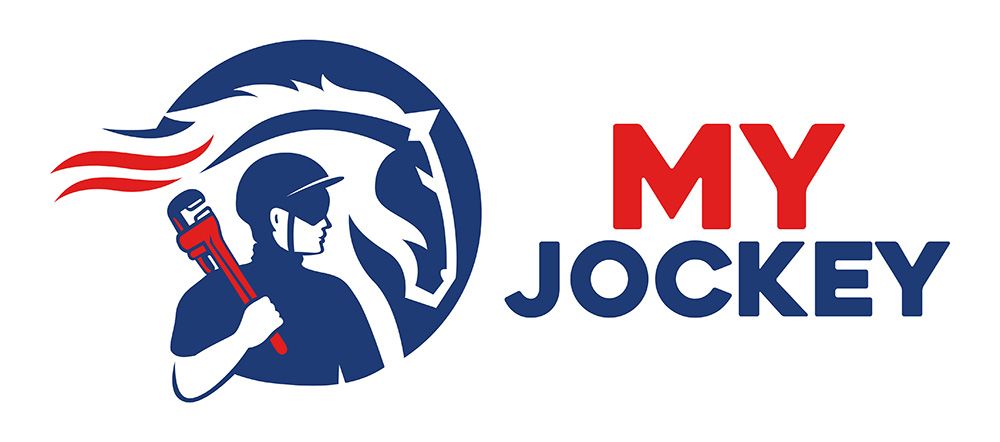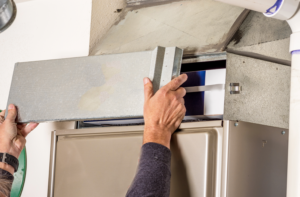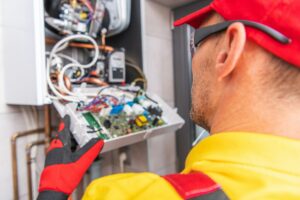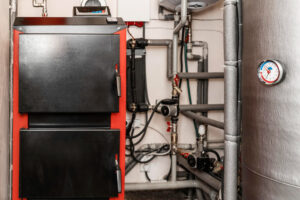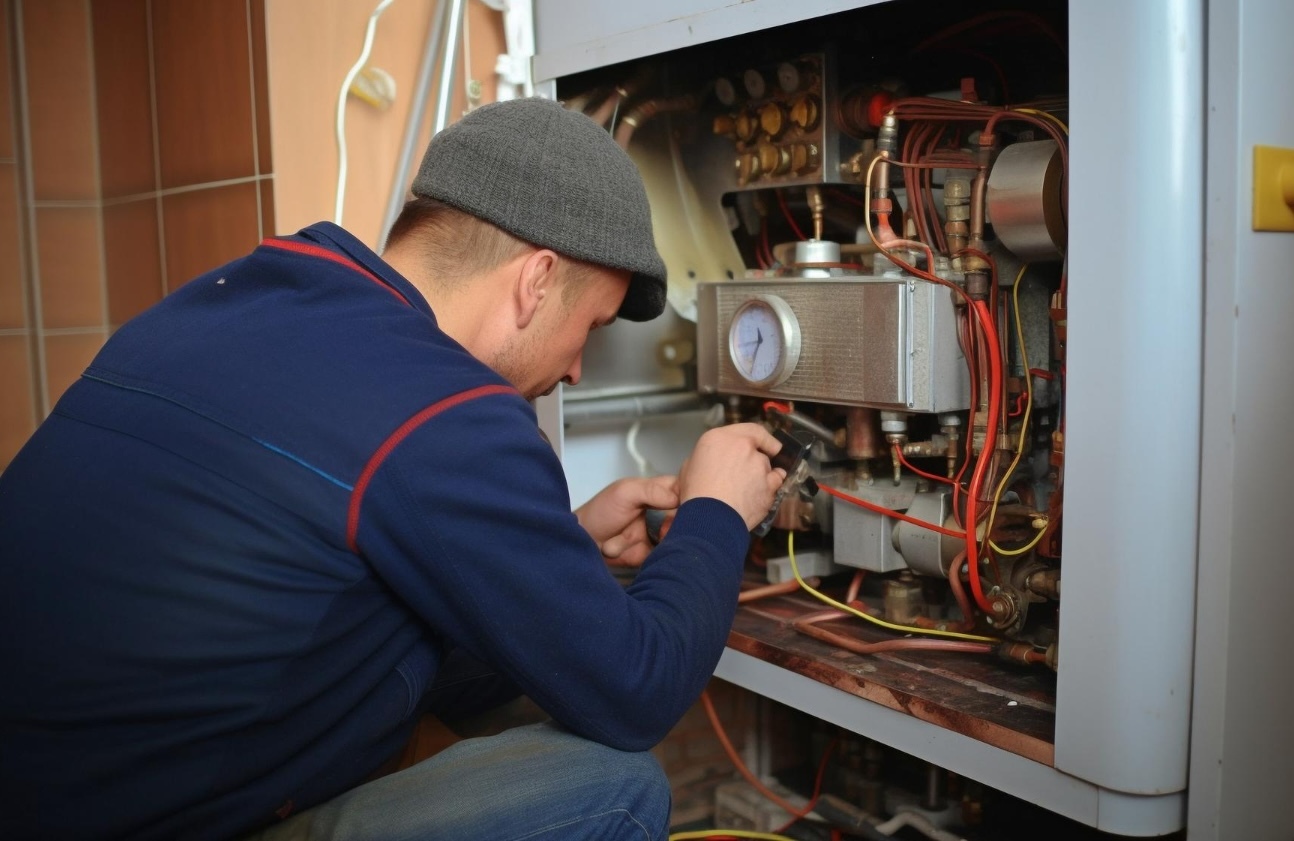
Furnaces work hard to keep our homes warm and cozy during chilly months, but sometimes, they need some help. Identifying and fixing common furnace problems early can save you from bigger headaches and higher costs later.
Understanding the basics of furnace care helps you decide when to tackle a problem and when it’s time to call in an expert. This not only keeps your heating system running smoothly but also ensures safety in your home. Let’s investigate how you can troubleshoot and repair typical furnace issues.
Recognizing Signs of Furnace Problems
Knowing when your furnace is acting up is the first step toward solving any issues. Common warning signs can help you catch problems early before they become major repairs. Unusual noises such as banging or rattling can signal loose parts or air duct issues. Inconsistent airflow might mean a blockage or a problem with the blower. If you notice your furnace cycling on and off more frequently than normal, it’s time to investigate further.
Early detection matters because it prevents small problems from escalating. If left unchecked, a clanging noise today could lead to a significant repair tomorrow. Checking these signals allows you to address them quickly, often avoiding more severe damage.
Here’s a simple checklist to help you recognize potential furnace issues:
– Listen for strange noises when the furnace is running.
– Check if rooms are heating unevenly.
– Observe the frequency of your furnace cycling on and off.
– Monitor if any unusual smells occur when the furnace is in operation.
– Take note of any noticeable increases in energy bills.
Using this checklist regularly can alert you to emerging issues, enabling timely intervention and peace of mind.
Diagnosing Common Furnace Issues
Once you’ve identified the signs, the next step is diagnosing the problem. Typical furnace problems include clogged filters, malfunctioning thermostats, and ignition issues. These are often the culprits behind a furnace not working as it should. For instance, a dirty filter restricts airflow, compromising heating efficiency and increasing energy consumption. A faulty thermostat can cause temperature discrepancies, while ignition issues can prevent the furnace from heating altogether.
To pinpoint these problems accurately, follow these steps:
– Check the thermostat settings to ensure they are correct.
– Examine filters to see if they need replacement.
– Assess the ignition system by listening for clicking sounds indicating ignition failure.
Essentials for basic diagnostic work on furnaces can include:
– A flashlight to examine internal parts.
– A screwdriver for opening access panels.
– A multimeter to test the thermostat and electrical connections.
These tools can help you investigate common issues safely and efficiently, providing a better idea of whether the furnace needs a simple fix or requires professional repair. Keeping diagnostic work at the forefront enables homeowners to make informed decisions about their heating systems.
Simple DIY Furnace Fixes
Sometimes, furnace issues are simple enough to handle on your own, saving time and money. For instance, a clogged air filter may cause restricted airflow, leading to inefficient heating. Simply replacing a dirty filter can often solve this. Additionally, resetting the thermostat can fix issues related to incorrect temperature readings, especially if it’s a programmable model that’s not set correctly.
It’s essential to address obstructions around and within the furnace. Ensure that nothing is blocking the airflow to and from the unit, which includes checking vents and registers for any hindrances. If your pilot light is out, relighting it carefully after consulting your manufacturer’s manual might resolve the problem.
When attempting DIY repairs, keep safety first. Always turn off the power to your furnace before starting any work. Wear gloves and ensure proper ventilation if you’re working with gas components. Despite these simple solutions, some situations do require a professional touch. If you consistently face the same issues after attempting repairs or if you notice gas odors, it’s best to call a professional to prevent potential hazards.
When to Call a Professional
While DIY fixes are handy, certain furnace problems need expert intervention. Complex issues like electrical faults, frequent cycling caused by blower motor errors, or trouble with the gas line require specialized tools and knowledge. Working on these components can be dangerous if you are not trained. An expert can accurately assess and fix these problems, ensuring your furnace operates safely and efficiently.
Choosing the right professional service involves some research. Look for licensed technicians with experience in heating systems and read customer reviews to ensure quality service. When a professional visits, they typically diagnose the problem, explain repair options, and provide estimates before starting work.
Routine professional maintenance is also beneficial. Regular check-ups can catch issues before they become severe, prolonging your furnace’s lifespan and improving performance. A well-maintained furnace operates more efficiently, lowering energy bills and better home comfort.
Conclusion
Maintaining your furnace involves recognizing issues, attempting easy fixes, and knowing when to seek expert help. Understanding the basics of furnace care ensures your heating system remains reliable and safe throughout the colder months. Regular checks and timely interventions can prevent small issues from turning into extensive repairs, providing comfort and savings for your household.
If you’re dealing with stubborn furnace problems or need a professional tune-up, My Jockey is your go-to solution in Saratoga Springs and The Capital Region, NY. Our trained team offers expert furnace humidifier services to keep your heating system running smoothly. Contact us today to inquire about our comprehensive HVAC services and how we can assist with all your heating needs.
